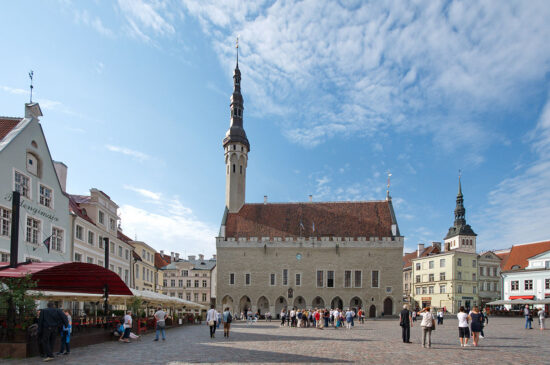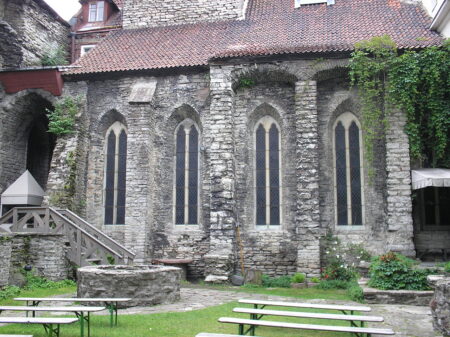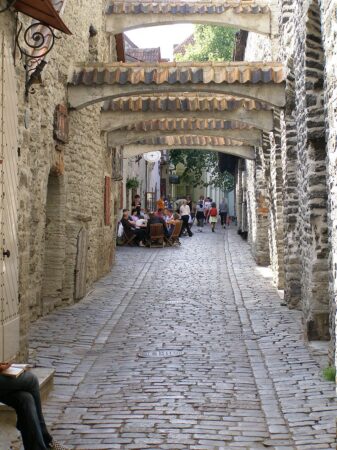Puberty
Very quickly the increased trade created wealth and that was reflected in the new city hall, into its newly paved roads, the new water and sewerage installations, into its growing capacity of storage for commercial goods. The 15th century would be Tallinn’s first golden age with the different guilds acquiring more power by the day something that became evident in their new guild halls. Several religious orders and brotherhoods built their abbeys and monasteries during that time, the first religious schools were established and the first written references of a hospital were also recorded.


The first Lutheran preachers came to Tallinn in the beginning of 1520’s and quickly earned the support of a respected number of Tallinners. In the autumn of 1524 a crowd of fervent Protestants ransacked the three major Churches, Oleviste Kirk, the Holy Ghost Church and the Dominican St. Cathrine’s Church and stripped them of their ornaments. Instead of the start of a feud, a hunt of the troublemakers or a violent reprisal, the Town Council started to take measures that would bring their Church closer to Reformation. The church coffers were placed under a common treasury (Gemeine Kasten) that was to function as a centralized social welfare fund. The Dominican Monastery of St. Catherine was dissolved and the property of the Order was declared the property of the city.
By 1525 the only Catholic establishment remaining in the Lower Town was St. Michael’s Cistercian nunnery which mainly continued to function as a charity. Catholic processions ceased and Catholic holidays like that of the Virgin Mary, the Apostles and other saints were transferred to Sundays. The town council established a contact with Martin Luther himself who recommended the first Evangelical superintendent in essence the first Lutheran Bishop in 1533 (source: Re-forming texts, music, and church art in the Early Modern North by Tuomas Lehtonen, Linda Kaljundi).




